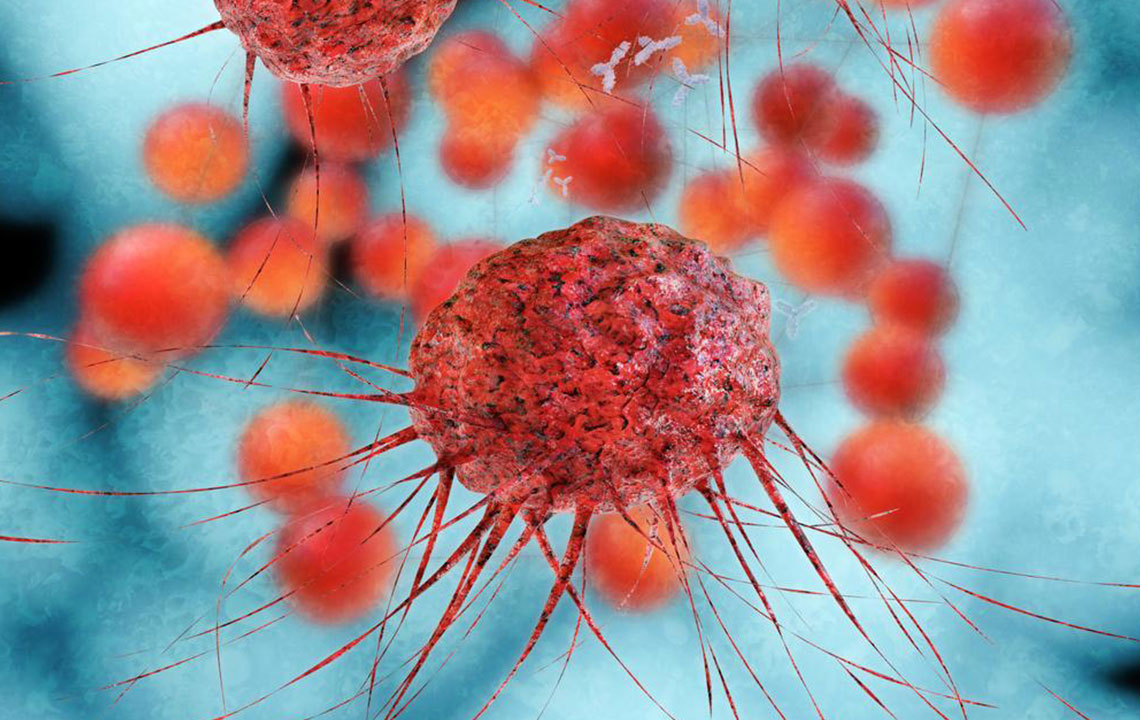Signs and Symptoms of Metastatic Breast Cancer

Of all the severe diseases that have plagued the world, cancer remains one of the most dangerous ones. The excruciating pain that the individual undergoes at every stage of cancer and the plight it inflicts on their loved ones is beyond expression. When cancer is diagnosed in the initial stages, it can be cured with the help of chemotherapy and other forms of treatment, however, metastatic cancer is the last stage of cancer and this remains incurable.
What makes cancer more formidable is the fact that the cancer cells replicate and start spreading to the other parts of the body. And, when this cancer spreads to the other parts of the body, deterioration becomes quite visible.
The faulty lifestyle that we lead and the adulterated food we consume is at times known to increase the risk of cancer. Since we have adopted a not-so-healthy lifestyle, the number of people falling prey to cancer has increased considerably over the last few years. This explains the rise in the number of women diagnosed with breast cancer in recent times. What begins as a lump in the breast transforms into metastatic breast cancer if went untreated for a long time.
What is metastatic breast cancer?
People usually think of metastatic breast cancer as a form of breast cancer. But, it is breast cancer at its last and deadliest stage. This metastatic breast cancer takes root in the breasts and spreads to the other parts of the body, especially the bones, lungs, liver, and brain. Even if it’s the breast cancer that has spread to the bones, it remains breast cancer. It isn’t considered as bone cancer and is treated with the drugs meant for breast cancer.
Metastatic breast cancer, also known as stage IV breast cancer, secondary breast cancer or advanced breast cancer, starts in the tissue of the breast and then goes out of control. It begins mutating due to an error in the DNA and keeps reproducing. This results in the cells becoming cancerous or malignant as they are commonly known.
What are the causes of metastatic breast cancer?
- One of the major reasons for metastatic breast cancer is our genes. Many diseases are hereditary, passed on from one generation to another. At times, the faulty gene might skip one generation. But, if an individual has a family history of breast cancer, they are at higher risk.
- Studies have linked the hormone estrogen to metastatic breast cancer. Women who are more exposed to the hormone estrogen show metastatic breast cancer signs than the ones who are subjected to moderate exposure.
- Women who have their menstrual cycle before the age of 12, or who had a child after the age of 30 are more susceptible to metastatic breast cancer. Also, women who hit their menopause after the age of 55 too are at the risk of developing metastatic breast cancer signs.
- Our diet too is linked with the onset of metastatic breast cancer. Over-consumption of alcohol and obesity play a major role in triggering metastatic breast cancer.
What are the metastatic breast cancer signs?
As mentioned earlier, metastatic breast cancer affects the different parts of a woman’s body- the bones, liver, lungs, and the brain. So the metastatic breast cancer signs vary depending upon the area that is affected by the metastatic breast cancer.
Bone metastasis signs
The metastatic breast cancer signs that become prominent when it affects the bones are as follows:
- The bones might start swelling.
- Since the bones are affected, they become quite fragile. There are chances that they might fracture easily.
- The person will experience severe pain in the joints.
Brain metastasis signs
The metastatic breast cancer signs that become evident when the brain is affected is as follows:
- Since the functioning of the brain is affected, the individual may suffer from violent seizures.
- The individual may also show behavioral changes.
- Since cancer affects the brain, it also distorts the individual’s vision.
- There will be a nagging and persistent headache that refuses to go away.
- The affected individual might feel the urge to vomit frequently.
Liver metastasis signs
The metastatic breast cancer signs that become prominent when it affects the liver are as follows:
- The mutation of the cells in the liver can result in the person suffering from severe jaundice.
- Also, this condition can result in an increase in the level of enzymes in the liver.
- The person might develop rashes across the skin.
- In addition to these, the person suffers from severe abdominal pain, nausea, vomiting, and loses her appetite eventually.
Lungs metastasis signs
When the metastatic breast cancer spreads to the lungs, the following symptoms become more prominent.
- When the lungs are affected, the individual will be unable to breathe normally and may suffer from a chronic cough.
- The person might feel tired all the time. Extreme fatigue is one of the signs of metastatic breast cancer.
- Chest pain becomes a constant reminder of the presence of metastatic breast cancer when the lungs are affected.
Though treatment methods are directed to ease the misery caused by metastatic breast cancer, the family’s support is what the patient actually desires.


